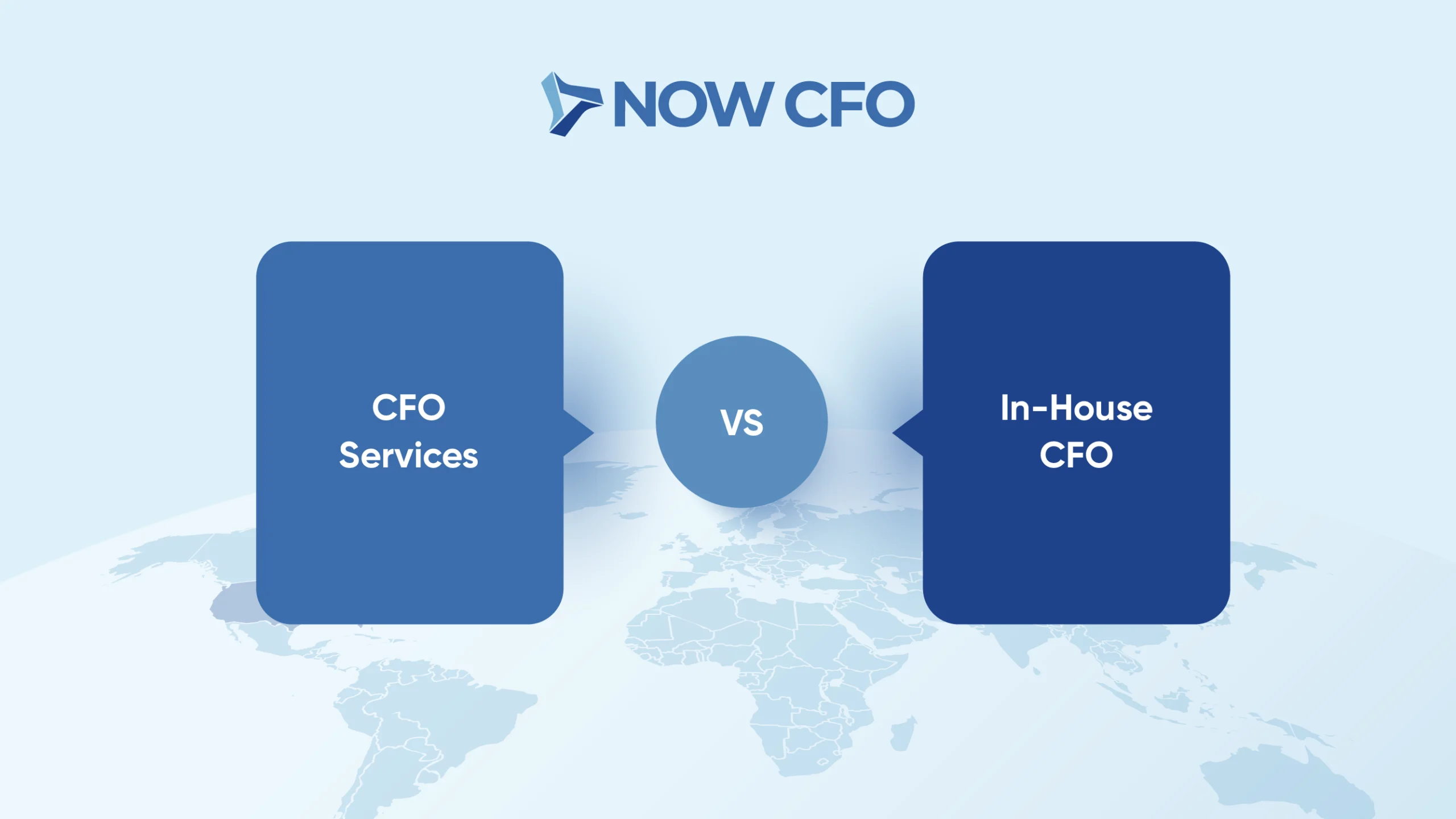
Difference between Financial Modeling vs Forecasting
Often, the terms “financial forecasting” and “financial modeling” are used interchangeably. Though there are similarities between the two, each serves a specific purpose for the long-term health of a business. In this article, we’ll provide an overview of both forecasting and modeling, as well as how the two play complementary roles.
What is Financial Forecasting?
Financial forecasting entails creating reports that project revenue and expenses. These provide the business with insight into its cash position and performance at a certain period in the future, taking into consideration trends and historical data. The most common type of financial forecast is an income statement, or a profit and loss, which shows a company’s expenses and revenue during a given period—though balance sheets and statements of cash flow may also be forecasted. While forecasts are usually issued quarterly, a business may choose to release a revised forecast due to an unforeseen circumstance, such as the COVID-19 pandemic.
Benefits
Financial forecasting is a critical business function that aids budgeting, planning, and overall resource and operational management. Forecasts are necessary for both internal and external stakeholders; they allow investors and creditors to assess risk, as well as provide the necessary information for company leaders to make decisions regarding hiring, spending, and budgeting. They allow existing businesses to be prudent about financial decisions and aid in learning the viability of a new business. Financial forecasting similarly helps to determine whether or not a business will have the cash flow needed to cover its liabilities.
Methods
There are a number of methods used for financial forecast, with the simplest being the straight-line method. The straight-line method takes historical trends and data to estimate revenue growth, and has defined start and end dates. The goal is to create pro forma statements, which show outcomes for the past and future based on hypothetical situations. If you’re unsure which method is most beneficial specifically for your business, or if you’re behind on your baseline financial reporting, it may be beneficial to seek fractional CFO advisory services. Fractional CFO advisory services are often best for project-based needs, such as building financial forecasts, as you can receive the necessary expertise and oversight while saving on hiring costs.
What is Financial Modeling?
Financial modeling entails gathering information from data, reports, and forecasts to simulate various economic and business scenarios. This allows the company to evaluate the impact that these scenarios would have on the business both in the short and long term. Financial modeling relies on a base of financial forecasting in order to work, as analysts will manipulate forecasts to create financial models and assess associated risks. Financial forecasts are predictive tools, whereas models allow for analysis of hypothetical situations. Both contribute to a business’ ability to prudently make decisions for the future.
Benefits
Financial modeling is highly beneficial for evaluating potential outcomes when a business is considering making a significant decision. For example, a financial model can be used before a merger or acquisition, a branch closure or opening, or the outsourcing of a function of the business. These models can be used to understand how these decisions would impact revenue and expenses. Modeling can similarly be applied to sales, supply chain, recruiting, marketing, and operations to weigh the effects of a business move.
Methods
As financial forecasting is based around the primary three financial reports—the income statement, balance sheet, and statement of cash flow—a common practice is to create a three-statement model, meaning that any financial model applied would affect these statements. Scenarios that are often modeled include an M&A, consolidation, and budget changes.
Whereas forecasts should be created on a regular basis to help with budgeting and planning, financial models are typically generated for a more specific purchase, such as attracting investors or analyzing how a business decision will play out. Both are tools that aid overall financial visibility and planning. If your business is lacking the ability to forecast and model, contracting a fractional CFO advisor can help bring additional insight and confidence to your decision-making.
Learn More: Creating Financial Models That Defies Economic Uncertainty














